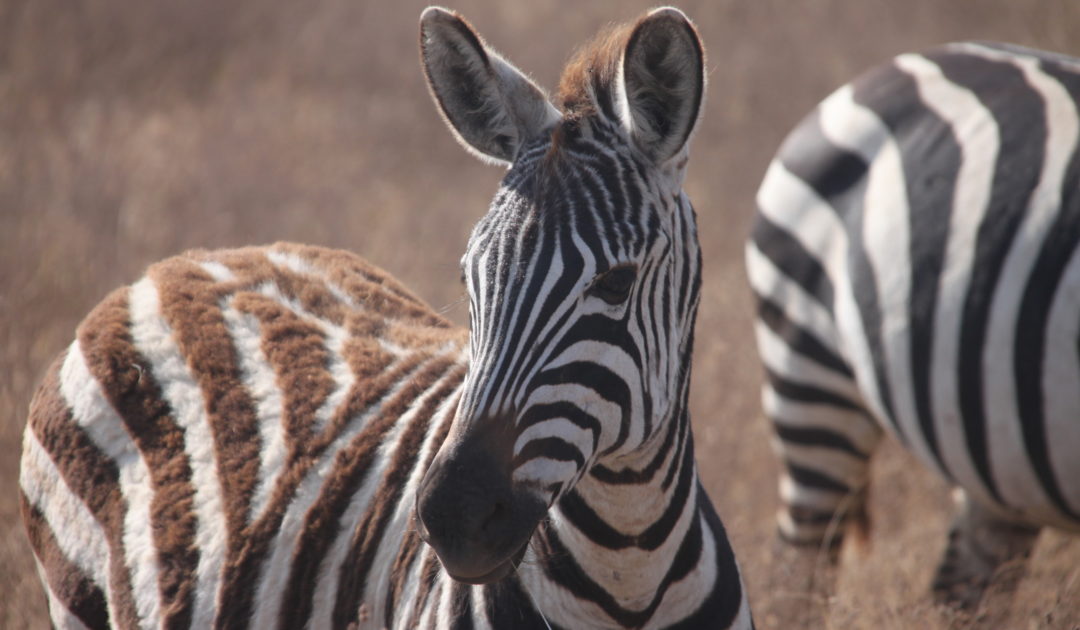Palaeobiology
Research
ROCEEH
In our research we focus on three aspects of paleobiology:
Paleoecology of large mammals
We reconstruct the diet of herbivore mammals focussing particularly on seasonal dynamics. The mesowear method enables us to narrow down dietary preferences before subjecting fossils to more sophisticated approaches. The mesowear method is fast and non-destructive and can be already based on small sample sizes. The determination of further paleoecological parameters, for instance body mass, permits to reconstruct behavioral patterns and to conclude for instance on migration strategies.
Furthermore, we reconstruct the ecological relationships in carnivore guilds. We may understand specializations in the spectrum of prey and provides us with insights into competition, its flexibility and the dynamics of such patterns.
Paleoecology of early humans
Early humans in the Pleistocene exemplify already wide regional diversity and flexibility in their interactions with the environment. This distinguishes early humans from other large mammals. The use of tools opens up further options to widen the spectrum of resources. We study in particular regional differences in the diet of groups of early humans and illustrate the diversity of early human lifestyles by comparing them.
Simulation Lab
We apply simulations to examine fossil habitats, their inhabitants as well as their interactions. Simulation-based approaches like for instance agent-based modelling enable us to carry out experiments with fossil ecosystems and their inhabitants. This approach provides us with necessary means to better understand early humans and their specific ways of living in their habitats.
In terms of geography, our research centers on Eastern Africa, South and Southeast Asia, and the Mediterranean.





